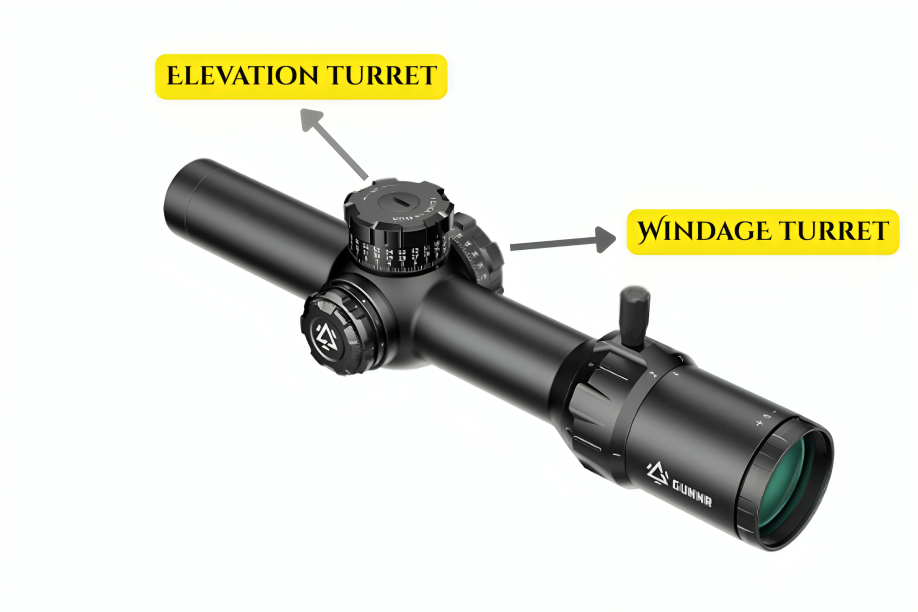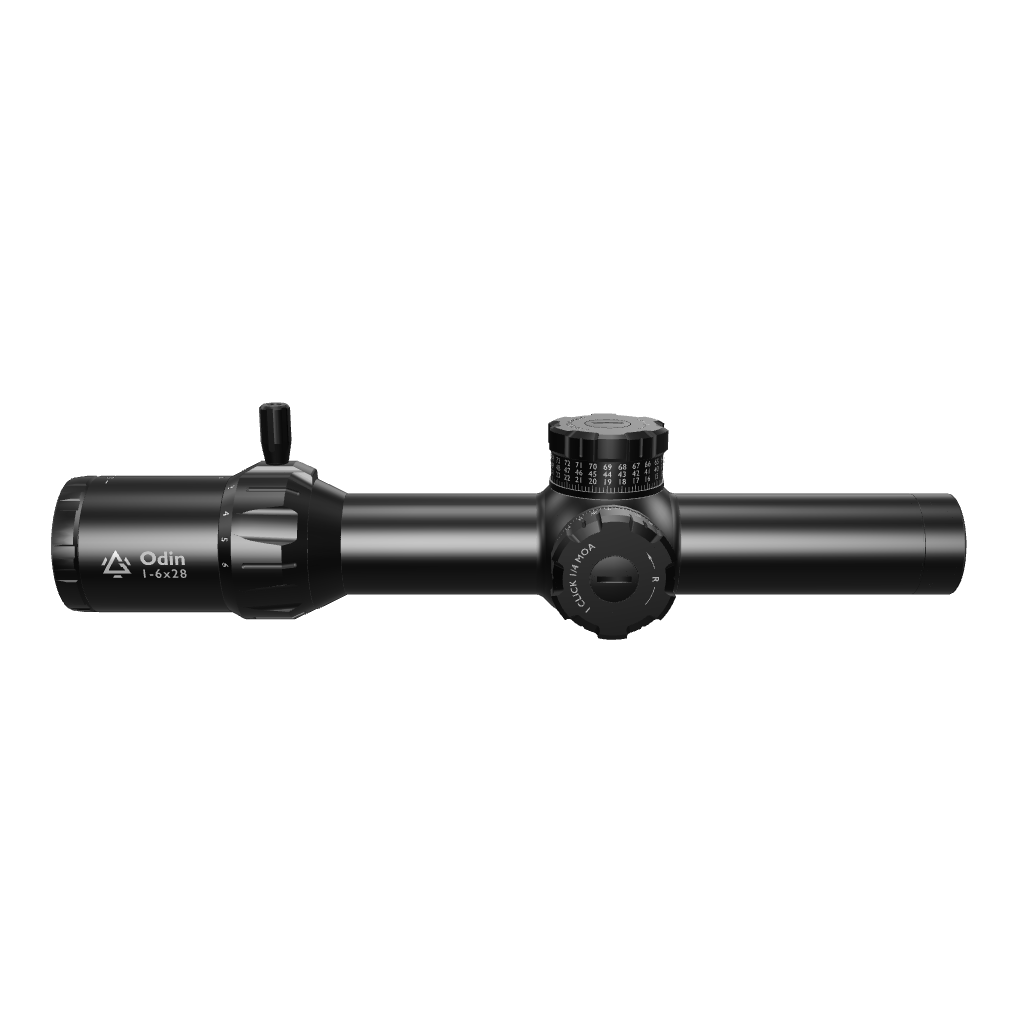Windage and Elevation On An Optic Explained
If your bullet is hitting above or below the mark, or to one side or the other (which is not uncommon), you need to know precisely to what degree and in what direction to move your rifle. This is the role of the windage and elevation turrets on a scope.
But though they work to help you zero your rifle (so the bullet hits exactly where you are aiming at), the windage and elevation turrets are different in function, location, and use.
Knowing which way to turn the windage or elevation turret helps when sighting in your optic, adjusting for distance, and staying accurate even in changing shooting conditions.
So, what exactly is windage and elevation?
Winage and Elevation: Definitions
What Is Elevation On an Optic?
Elevation is the vertical adjustment on a rifle scope, and it is always located at the top. It is vertical in the sense that it helps you adjust the scope either up or down, thus controlling how high or low your bullet hits in relation to your aiming point.
You use the elevation turret when:
- Your bullets hit higher (than the point of impact), and you need to adjust downwards
- Your bullets hit lower, and you need to adjust upwards
Think of it as adjusting for gravity: the farther the bullet travels, the more it drops. The elevation turret helps adjust for that.
How the Elevation Turret Works
When you turn the elevation turret up, you're raising your bullet’s point of impact. The crosshairs shift downward, and your bullet will hit higher. Therefore, logically speaking, you should turn your elevation turret up when the bullet is hitting lower relative to the point of impact.
When you turn the elevation knob down, you are lowering the bullet's point of impact. Hence, it will hit lower. Turn your elevation turret down if your bullet is hitting higher relative to the point of impact.
Which Way Should You Turn Your Elevation Turret?
Should you turn the elevation knob up or down? The correct answer is: it depends on whether you want the bullet to go higher or lower.
- Turn it up if you want your bullet to hit higher.
- Turn it down, turn it down if you want your bullet to hit lower.
What Is Windage in a Scope?
Windage is the horizontal adjustment on a scope, and it is usually the knob on the right side of the optic. The windage knob is horizontal in the sense that it controls how far left or right your bullet hits (in relation to your point of aim), helping compensate for the wind that pushes the bullet sideways, and correcting for other small factors like barrel twist or imperfect alignment.
Which Way to Turn the Windage Turret?
- Turning the windage turret right moves the bullet’s point of impact to the right.
- Turning the windage turret left moves the bullet’s point of impact to the left.
Wind can easily push a bullet several inches off target at longer ranges. Windage helps you stay accurate even when conditions aren't ideal.
Why Windage and Elevation Matter
When you fire a gun, the bullet does not travel in a straight line. Naturally, the trajectory of a bullet from a fired rifle does go straight for a while (usually about 300 miles), but it eventually begins to drop.
Also, the bullet trajectory may be affected by environmental factors. Depending on the distance of your target, the wind may nudge the bullet to one side or the other.
Hence, where you aim your rifle (the point of aim) is not necessarily where the bullet will hit (the point of impact).
How Do Windage and Elevation Work in Practice?
When zeroing your scope, you're using both windage and elevation to align your crosshairs with where the bullet hits. Most scopes use click adjustments, with each “click” representing a small change in the point of impact:
- ¼ MOA (Minute of Angle) =~0.25 inch adjustment at 100 yards
- 0.1 MRAD (Milliradian)=~0.36 inch at 100 yards
This precision allows you to dial in extremely accurate corrections.
Windage and Elevation On an LPVO
Most Low-Power Variable Optics have turrets on the top (elevation) and side (windage) of the scope that you can turn to make these adjustments. Typically, each click on the turret moves the point of impact by a set amount, often in MOA (Minute of Angle) or MRAD (Milliradian).
On a 1-4x or 1-6x LPVO, these adjustments help you dial in shots at longer ranges, but they are also useful for close-range targets where you might need to adjust for wind or slight altitude changes.
Final Thoughts
When shopping for a scope, especially a budget LPVO, it’s tempting to focus only on magnification or reticle style. But don’t overlook the quality of the windage and elevation adjustments. You want turrets that:
- Adjust smoothly
- Hold zero reliably
- Allow precise tracking (especially if you plan to shoot past 100 yards)
Understanding how these controls work will make you a better shooter and help you get the most out of your optic, whether you're running drills at the range or spotting game in the field. Here's an MOA distance chart to guide your zeroing process.







